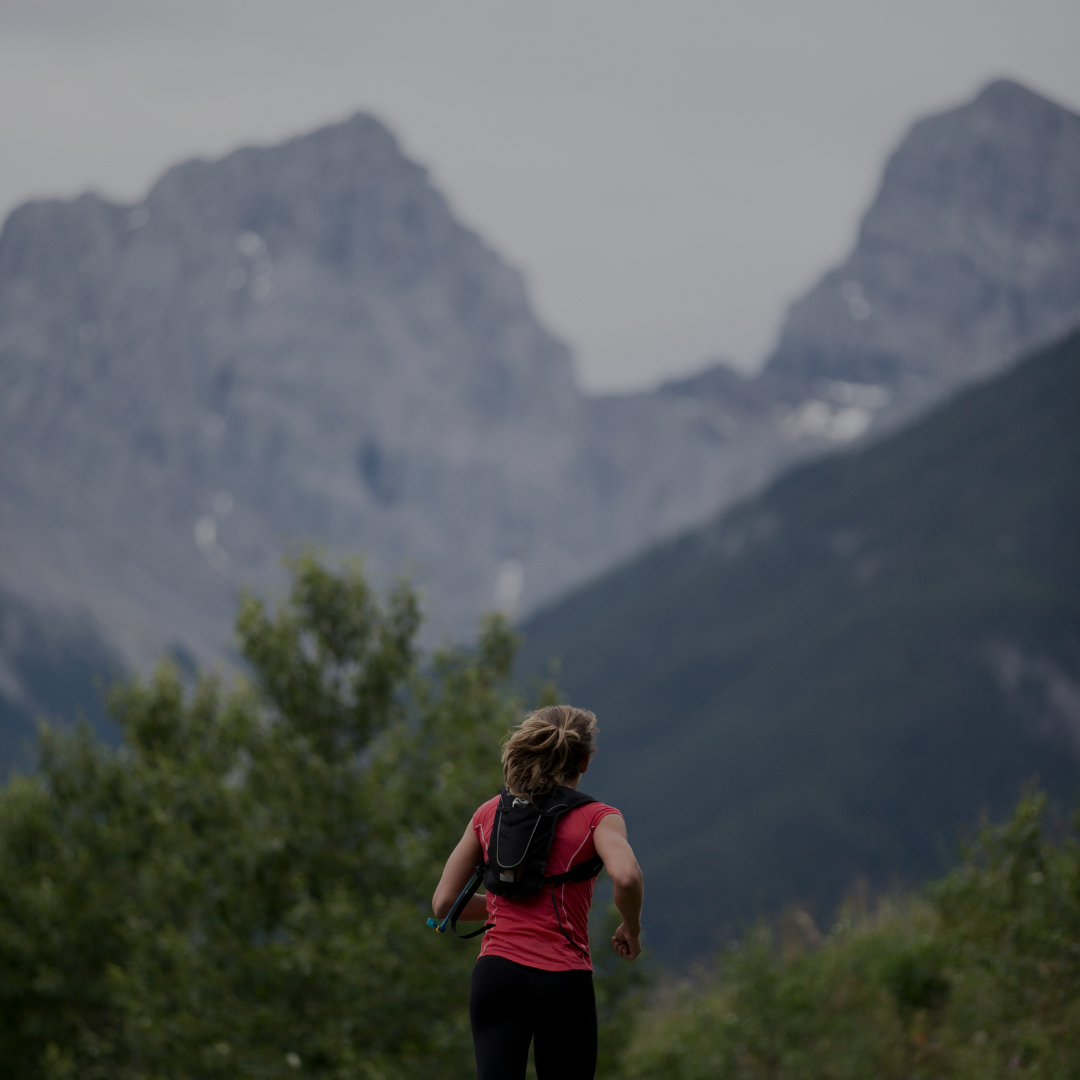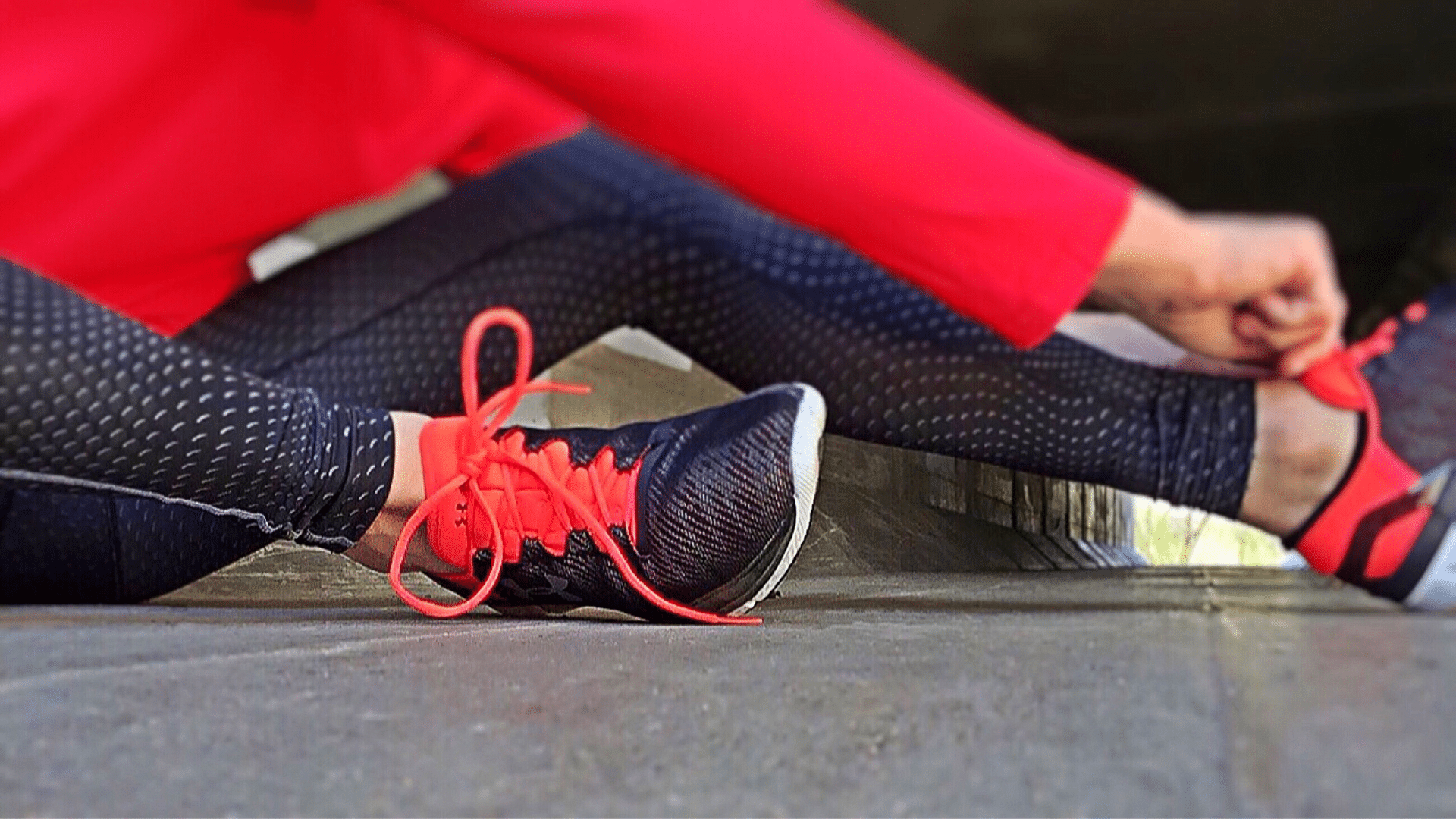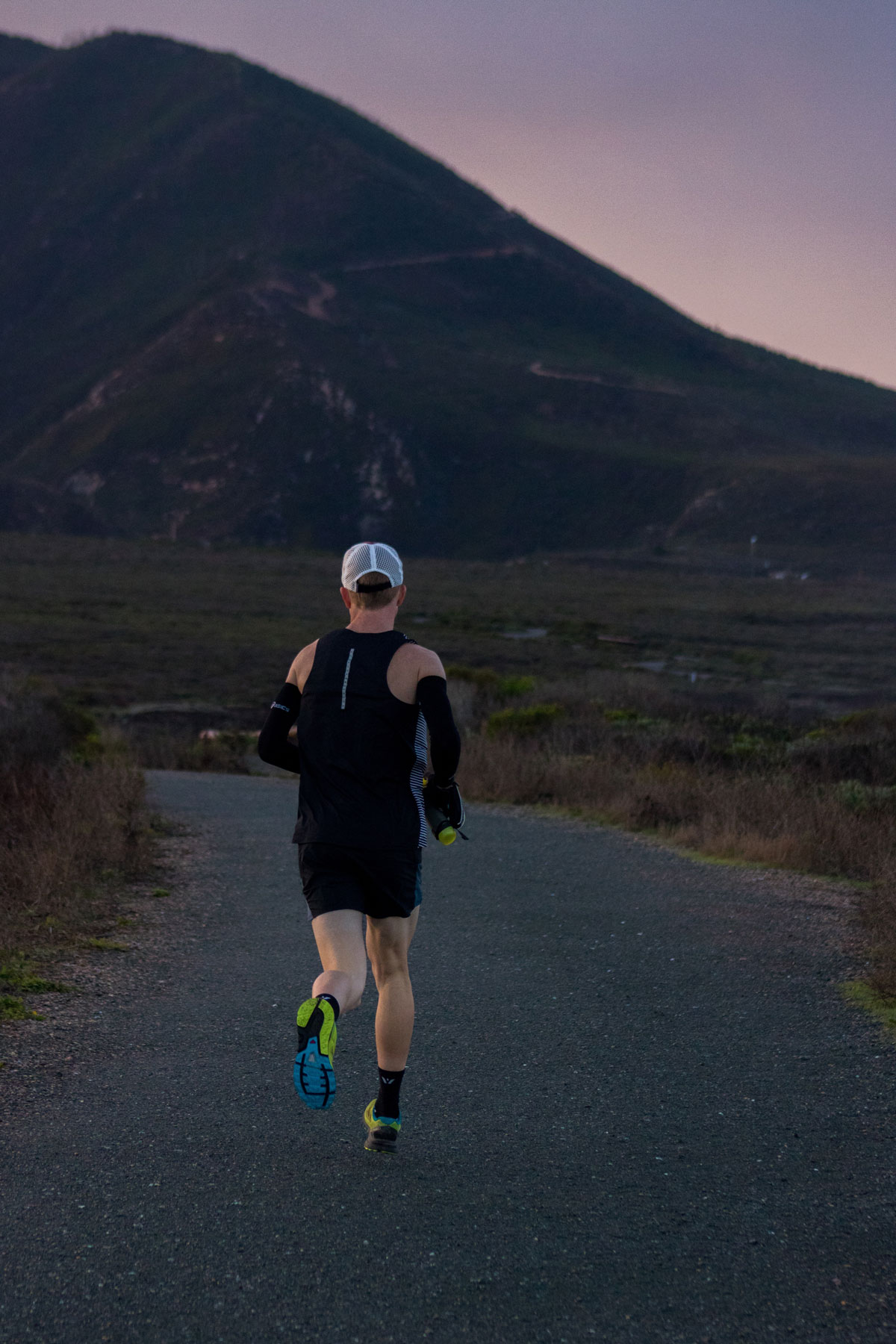Unveiling the Depths: How Intermittent Hypoxic Training Elevates Diving Fitness
Diving enthusiasts understand the crucial role of fitness in exploring the underwater world with confidence. We’ll explore the benefits of intermittent hypoxic training (IHT) for divers, shedding light on how this innovative approach enhances diving performance, saves oxygen tanks and improves overall fitness and safety while diving.
Training for Scuba Diving
Fitness for divers goes beyond traditional workouts; it requires specialized training to adapt to the unique demands of underwater exploration. Intermittent Hypoxic Training (IHT) has emerged as a potent tool for divers seeking to maximize their performance. By exposing individuals to simulated altitude conditions, IHT stimulates physiological adaptations that mirror those experienced during actual diving, making it a valuable addition to any diver’s training regimen.
Intermittent Hypoxic Training involves alternating between periods of reduced oxygen levels and normal oxygen levels, mimicking the conditions encountered at higher altitudes. This innovative approach offers several benefits for divers:
- Enhanced Oxygen Utilization: IHT improves the body’s ability to extract oxygen from the air, ensuring optimal oxygen delivery to vital organs and tissues during dives.
- Increased Red Blood Cell Production: By stimulating the production of red blood cells, IHT enhances oxygen transport, endurance, and reduces the risk of hypoxia-related issues underwater.
- Improved Cardiovascular Endurance: IHT strengthens the cardiovascular system, enabling divers to maintain steady heart rates and blood pressure levels during dives.
- Heightened Respiratory Efficiency: Through IHT, divers can strengthen respiratory muscles and improve breathing patterns, leading to more efficient gas exchange and prolonged dive times.
Decrease Oxygen Tank Reliance







